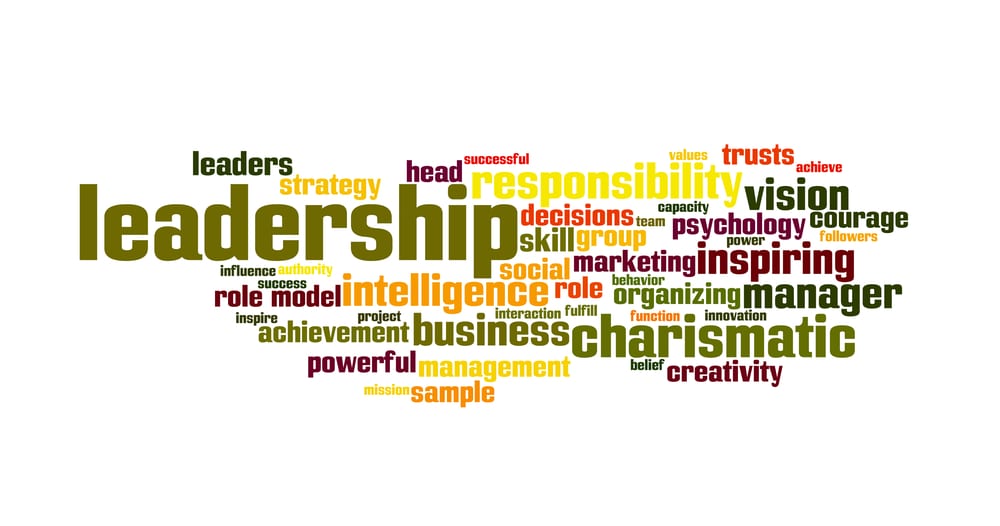Leadership is what? What qualities do the leaders in this world have that sets them apart from bosses, management, functionaries, politicians and other would be leaders. Can these qualities be thought, can they be learned.
In one of his great speeches, Citizenship in a Republic, delivered in the Sorbonne in Paris on the 23rd April 1910, US President Theodore Roosevelt, spoke of “the man in the arena”. To me it epitomizes what a leader needs to do; the risks, the vulnerability, the failure, the success, the pain, the joy, the sorrow. Below is the quotation in full.
The Man in the Arena
“It is not the critic who counts; not the man who points out how the strong man stumbles, or where the doer of deeds could have done them better. The credit belongs to the man who is actually in the arena, whose face is marred by dust and sweat and blood; who strives valiantly; who errs, who comes short again and again, because there is no effort without error and shortcoming; but who does actually strive to do the deeds; who knows great enthusiasms, the great devotions; who spends himself in a worthy cause; who at the best knows in the end the triumph of high achievement, and who at the worst, if he fails, at least fails while daring greatly, so that his place shall never be with those cold and timid souls who neither know victory nor defeat.”
This has become a famous and often used quotation. One of my great golfing heroes Tom Watson used it to motivate the 1993 US Ryder Cup Team on the Saturday night before the singles matches on Sunday. The US were away from home and facing defeat, the players were inspired and went on to record an unlikely victory.
US President Nixon referenced The Man in the Arena, during his resignation speech as a result of the Watergate scandal in the early 70’s. Nixon equated himself with the man, with his face marred with dust, sweat and blood. Watergate was not Nixon’s finest hour.
Brene Brown: Listening to Shame
In the second of her TED Talks; Listening to Shame Brown quotes “the man in the arena” as she attempts to link vulnerability, shame and courage, three of the main emotions that her 12 years of research has led her to believe distinguishes a group of people she has identified as “the whole hearted”.
Brown’s research shows this group to be made up of people that have the greatest ability to connect with others. “Shame and Vulnerability is the birth place of Leadership, Innovation and Creativity” according to Brown. The whole hearted have the courage to expose themselves to rejection or ridicule, again and again, because they believe that that is the only way to live life.
What has this to do with leadership?
“Leadership is not magnetic personality, that can just as well be a glib tongue. It is not ‘making friends and influencing people’, that is flattery. Leadership is lifting a person’s vision to higher sights, the raising of a person’s performance to a higher standard, the building of a personality beyond its normal limitations.” – Peter Drucker.
Leaders must process the ability to connect with others, above all else this is what sets them apart. That ability has to be allied to a skill set. The following ten points are to me, what differentiate leaders from management.
- connection
- authenticity
- empathy
- values
- principles
- ethics
- vision
- gratitude
- courage
- vulnerability
“To lead people, walk beside them … As for the best leaders, the people do not notice their existence. The next best, the people honor and praise. The next, the people fear; and the next, the people hate … When the best leader’s work is done the people say, ‘We did it ourselves!'” — Lao-tsu
Leadership is…Getting people to make a Leap of Faith.
Both Peter Drucker and Lao-tsu believe leadership is not about the leader, the leader will understand this intuitively; it is about the team that the leader surrounds themselves with. It is about how the leader sells his/her vision for the organisation and brings the team along for the journey. According to Drucker the performance levels of the team increase to levels they would have not previously believed they could attain and as Lao-tsu says, the team believe they have accomplished the raising of these personal standards on their own.
Leadership is…Facilitation
So a Leader has to
- facilitate
- coach
- mentor
- initiate structure
- initiate methods
- processes
- culture
To quote Theodore Roosevelt again,“The best executive is the one who has sense enough to pick good people to do what he wants done, and self-restraint to keep from meddling with them while they do it.”
Conclusion
So facilitation scores high in the abilities of the leader, along with the other bulleted points above. The leader has to have the vision, the belief to stick to this vision and carry the team with him/her. We have all worked in organisations that have had the second, third and forth type, mentioned in the Lao-tsu quote above.
How many of you can say you have worked with the first type, the best leaders, the people do not notice their existence?
Did you like this article? Sign up for our RSS, join us on Facebook, on Twitter and on Google+ to get the latest Tweak Your Biz articles and updates.
Images: ”Background concept word cloud illustration of leadership / Shutterstock.com“


